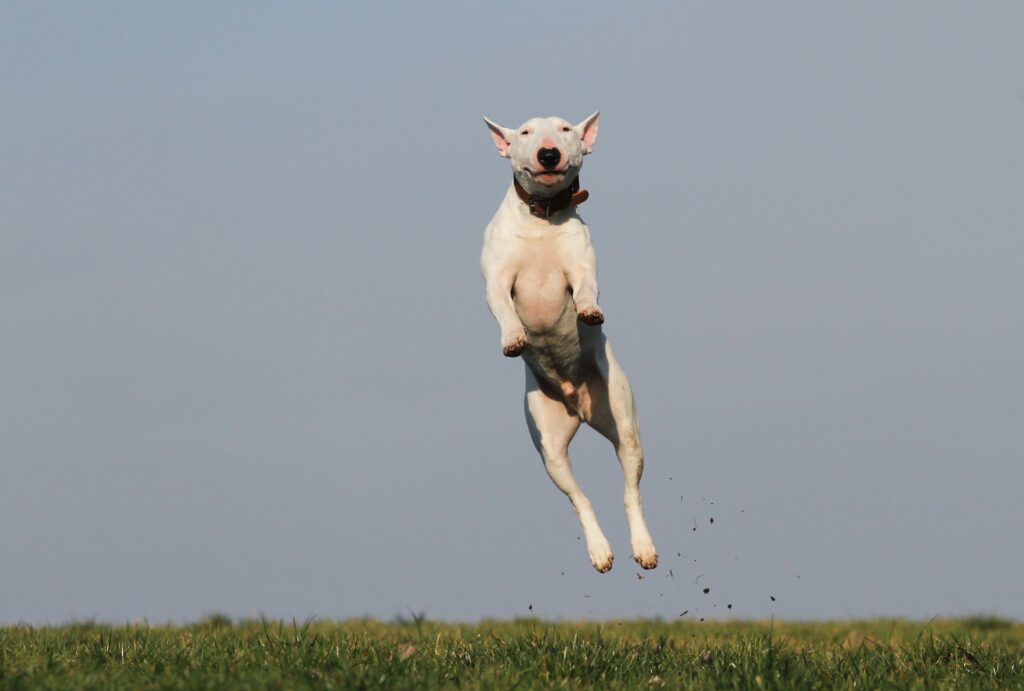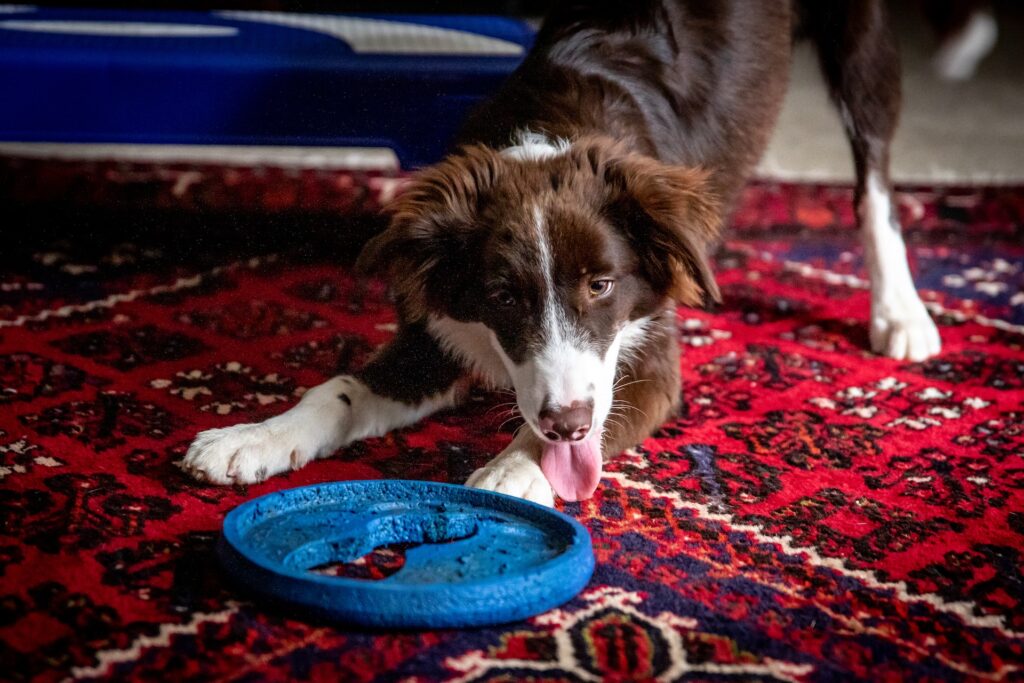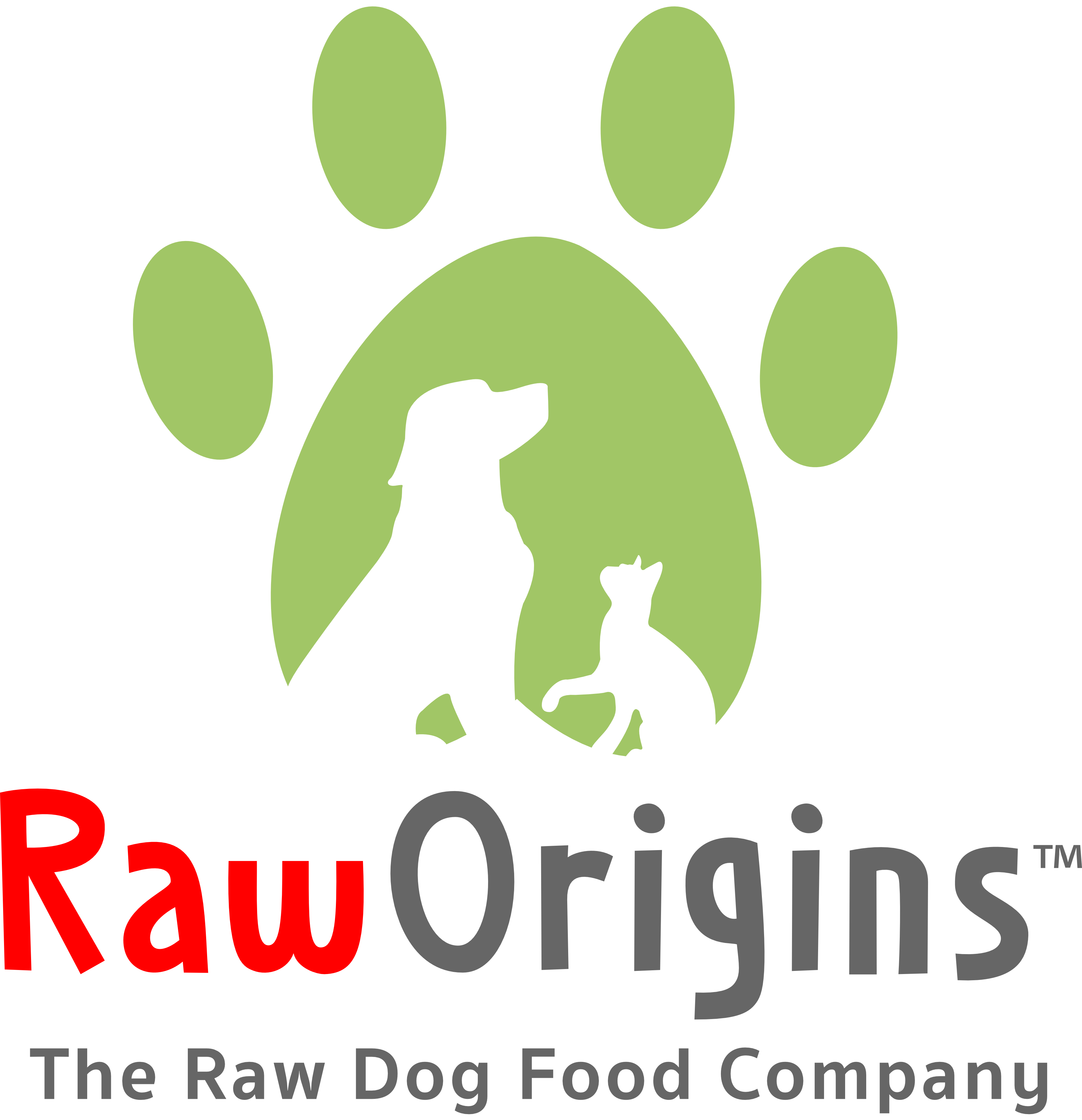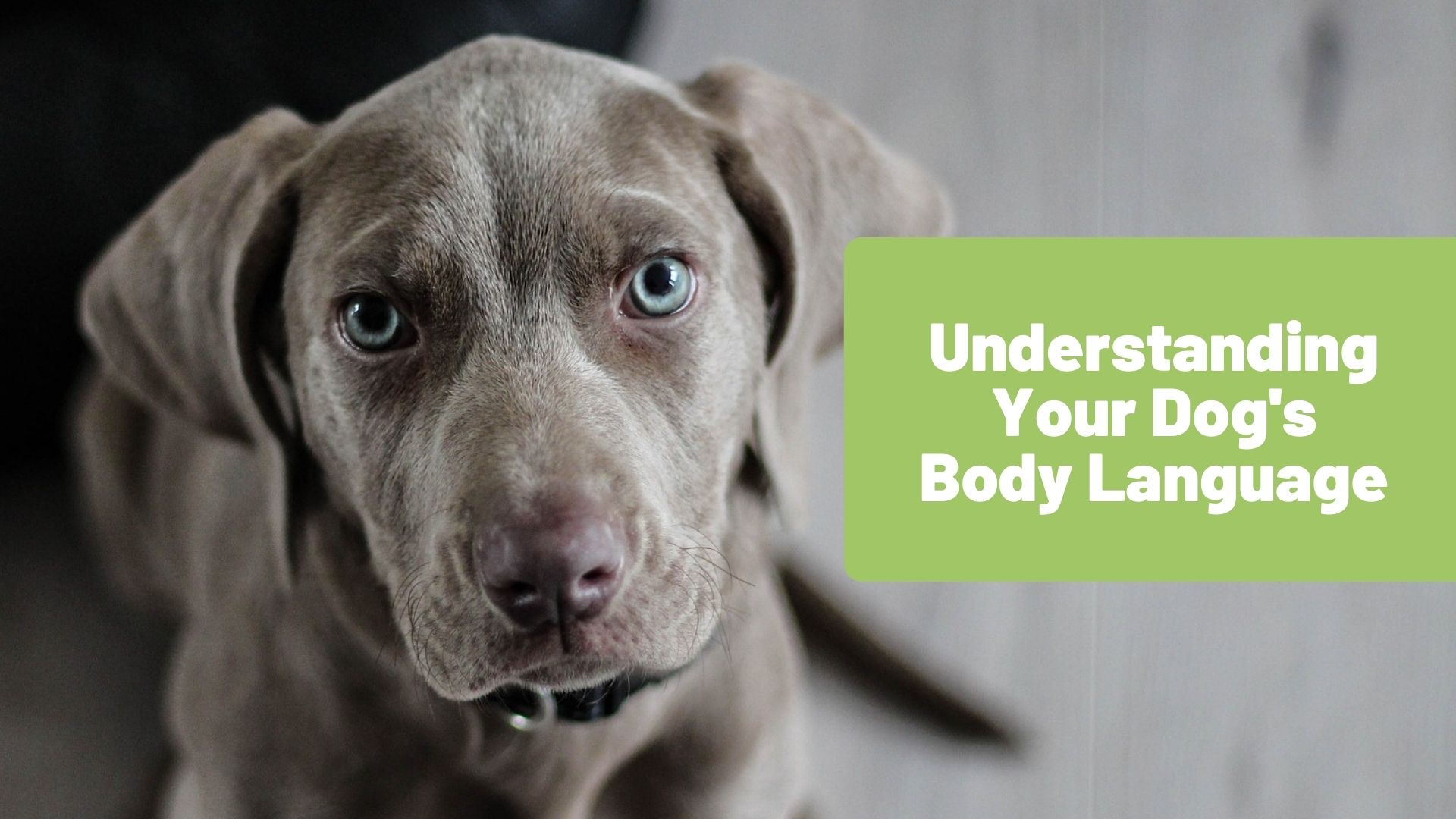Dogs might not use words like we do, but boy, do they have a lot to say! Every swish of their tail, every tilt of their head, and even those adorable ear twitches are them dishing out some doggy dialogue. If you ever wondered what’s going on in that furry head of theirs, these signs are your best clues.
Taking the time to truly understand these silent conversations can take your bond from just being pet and owner to genuine best friends. Because let’s face it, life with our four-legged pals isn’t just about coexisting—it’s about sharing moments, emotions, and understanding each other’s quirks.
So, the next time your pup gives you that quizzical look or joyful tail wag, know that they’re telling you a story, and all you have to do is listen—with your eyes, of course!
Why Dog Body Language Matters
Before we get down to the nitty-gritty of dog talk, let’s pause for a moment and ponder why decoding their body language is so darn important. Sure, it’s fun to guess what’s on their mind, but there’s a lot more at stake here. When you truly get what your dog is trying to “say”, you’re paving the way for safer playdates with both two-legged and four-legged friends.

You’re also in a better position to cater to their needs, knowing when they’re itching for a walk or just craving some downtime. Recognizing their silent signals means you can swoop in and be the hero, whether they’re nervous, excited, or anything in between. It’s like having a secret language with your pup, and let’s be honest, that kind of understanding only makes the bond with your furry sidekick even stronger and more special.
Key Aspects of Dog Body Language
The tail is often the most noticeable communicator. A wagging tail is typically a sign of a happy, excited dog. However, the speed and direction matter. A slow wag can indicate insecurity, while a fast, low wag might mean submission. When a tail is raised, it indicates alertness or dominance, but if it’s stiff, your dog might be feeling threatened. On the other hand, a tucked tail is a sign of fear, anxiety, or submission.
The eyes, too, speak volumes. Soft, relaxed eyes indicate comfort and contentment. Dilated pupils can signify fear, excitement, or arousal, and avoiding eye contact often indicates anxiety, fear, or submission. Then there are the ears. When they’re pitched forward, your dog is engaged, interested, or possibly challenging something. In contrast, flattened ears typically indicate fear, anxiety, or submission.

The mouth and facial expressions provide more clues. A relaxed, open mouth usually suggests a calm and content dog. Bared teeth can be a sign of aggression or fear, while behaviors like licking lips or yawning often indicate stress or nervousness.
Lastly, a dog’s overall body posture tells a story. A relaxed stance means the dog is comfortable and content. A stiffened body or raised hackles indicates arousal, fear, or aggression, and behaviors like crouching down or rolling over are usually submissive gestures.
Understanding the Context
One crucial thing to remember when interpreting your dog’s body language is that context is king. A wagging tail during a playful romp at the park can signify joy and excitement, but that same wag at a vet’s office might stem from nervousness or apprehension. External factors, such as the presence of unfamiliar dogs, sudden noises, or even specific scents, can greatly influence your dog’s behavior.

Therefore, when you’re attempting to decode your dog’s signals, it’s crucial to be observant not just of their actions but also of the environment, stimuli, and the specific situation they’re in. This holistic approach will offer a clearer and more accurate understanding of what your furry friend is trying to communicate.
In Conclusion
Like any language, the silent dialogue of dogs takes time and patience to master. With consistent observation and a bit of empathy, you can unlock a deeper understanding of your four-legged friend, paving the way for a more harmonious and enriching relationship. Remember, our dogs are always speaking to us; it’s up to us to listen. Get updated knowledge on how to feed raw, discounts, coupons, and holistic rearing at www.RawOrigins.pet.

